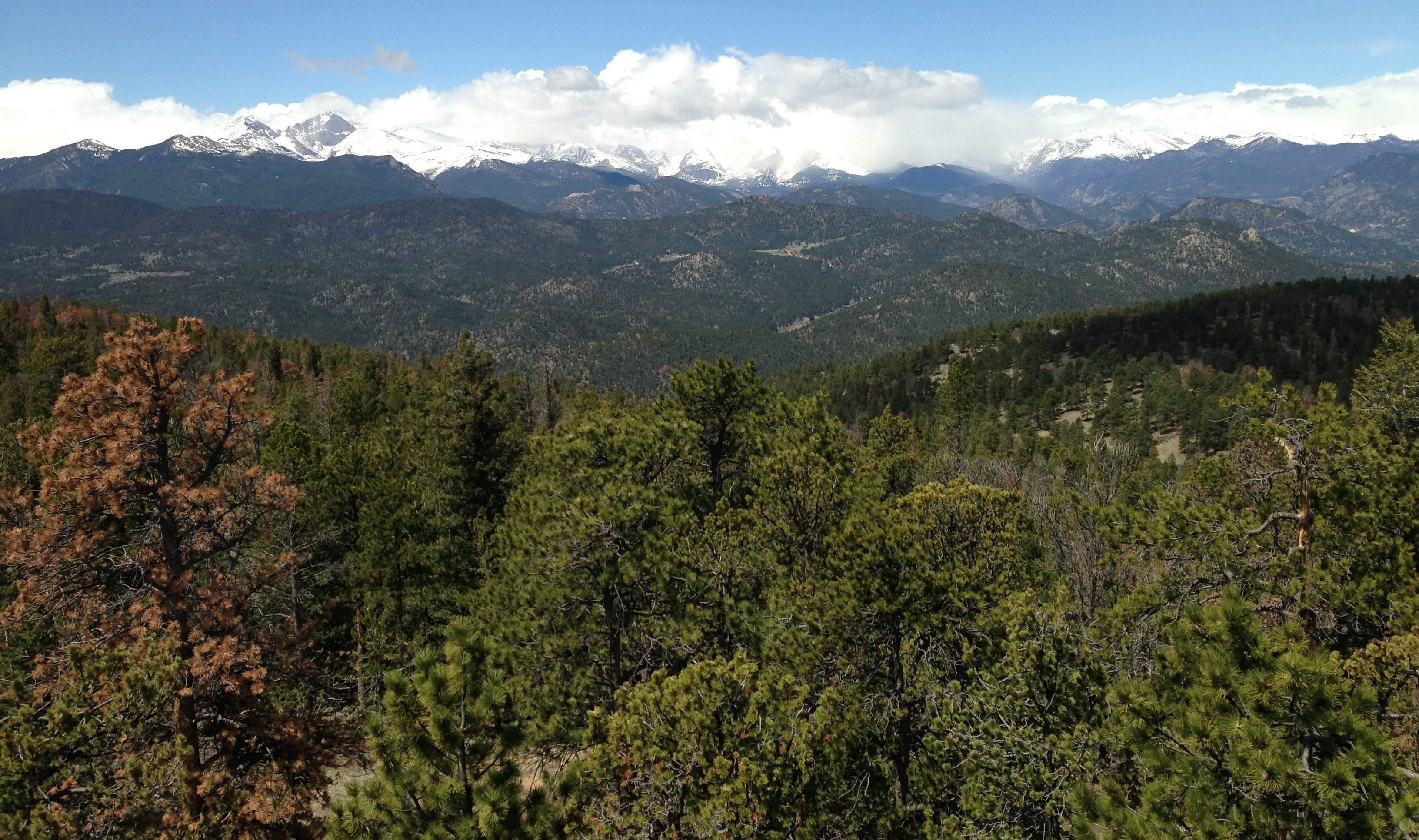In Panama, fresh water availability is important not only to supply potable water to the population but also to operate the Panama Canal. A considerable portion of the water than rains onto the landscape is either used by plants or re-enters the atmosphere simply by evaporating. Combined, this is referred to as evapotranspiration. The the amount of water that re-enters the atmosphere via evapotranspiration varies by land-cover, for example between a forest and a pasture.
There are several methods to measure evapotranspiration, ranged from small-scale measurements of individual leaves (using a device called a portable infra-red gas analyzer) over measurements of individual trees (using sap-flow sensors) all the way to large-scale measurements at the km2 scale (using highly sensitive sensors that measure water and carbon-dioxide concentrations in the atmosphere, a so-called eddy flux tower).
Another way of measuring evapotranspiration is via the extend to which light is deflected when passing though air (i.e. refractive index). On hot days, this can be observed with the naked eye as flickering above asphalt roads. We can measure this by shooting a beam of light over a distance of several hundred meters up to a few kilometers using a so-called scintillometer. Although this is not a direct measurement of evapotranspiration, it can be used to calculate it. We used two scintillometers in Panama and are now comparing the estimates of evapotranspiration from sap flow, eddy flux, and scintillometers.
A while ago, we talked to Kipp+Zonen about our ongoing research in Panama using their large aperture scintillometers.




